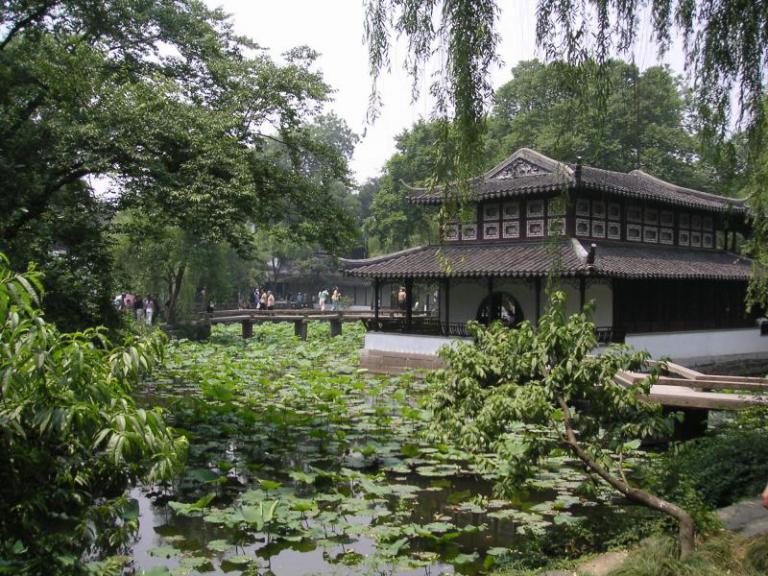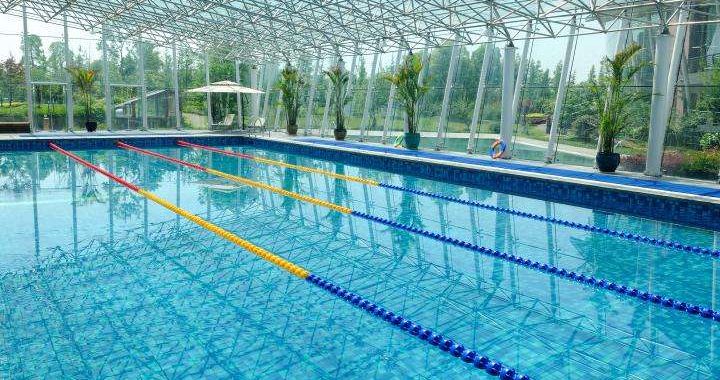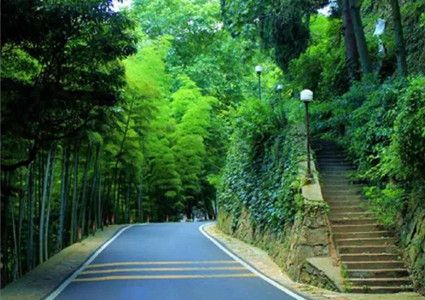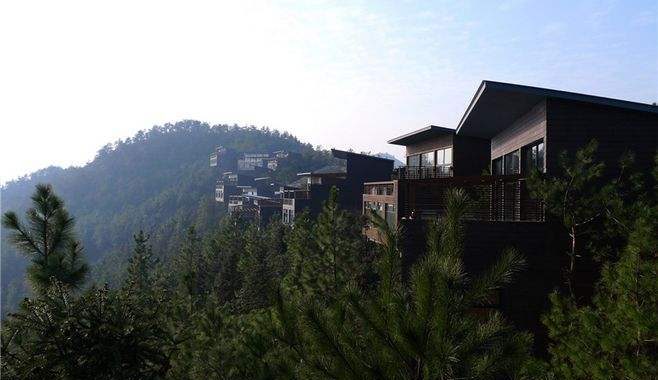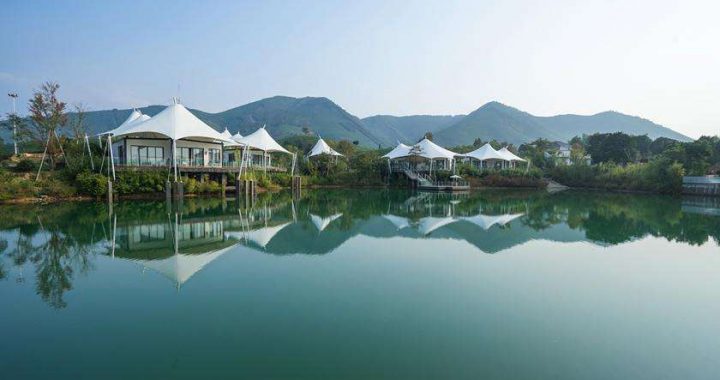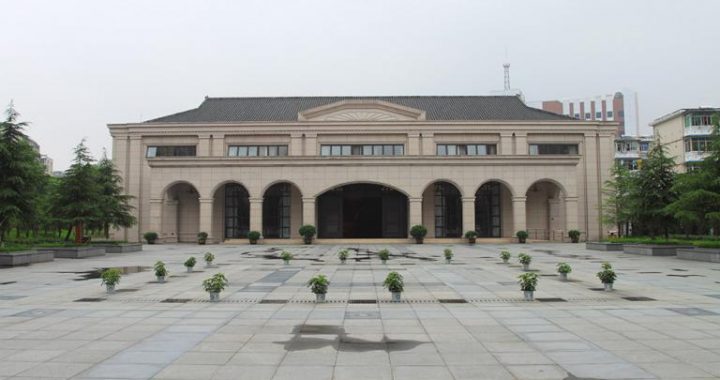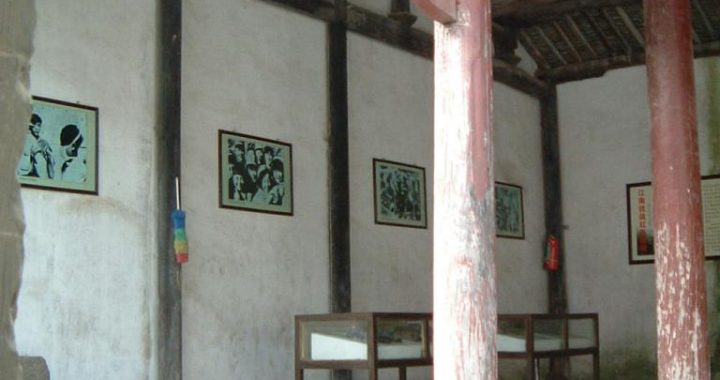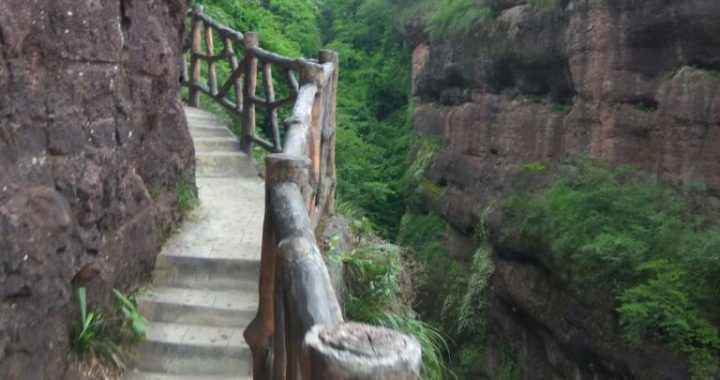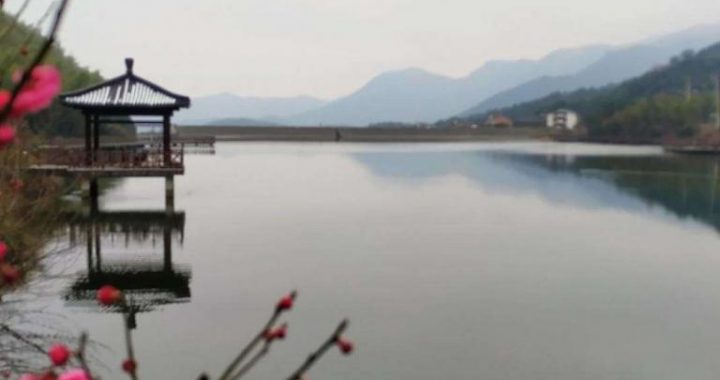A Sketch of Wuxing
3 min readIn January 2003, upon the approval of the State Council, Wuxing was formally established as an administrational district. Wuxing district is the political, economical, and cultural center of Huzhou. It has 6 residential sections and 9 towns under its jurisdiction covering the whole area about 872 square kilometers. The total population is 757,200 by the end of October,2010 according to the latest(sixth) nationwide population census.
Wuxing district is near to Shanghai on the east, Hangzhou on the south, Tianmu Mountain on the west and Tai Lake on the north. It is facing Wuxi and Suzhou in Jiangsu Province just across Tai Lake.
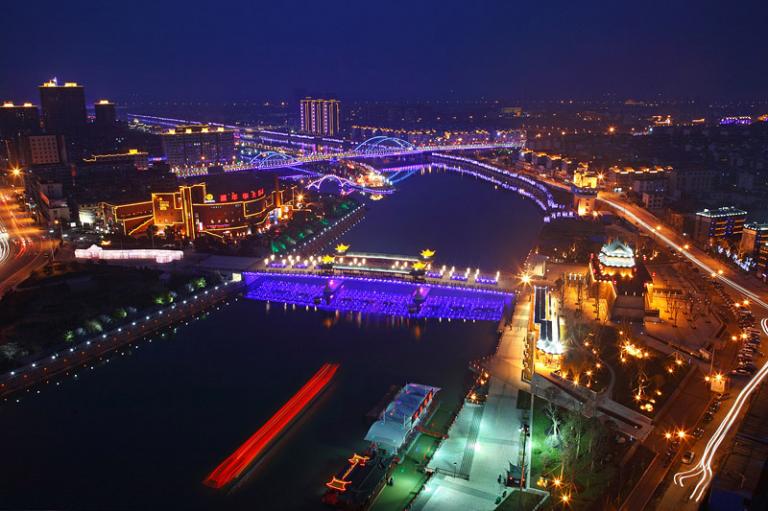
The history of Wuxing can be traced back to the Warring States Period over 2,300 years ago. It is one of the important birthplaces for Majiabang Culture in the Neolithic Age and Liangzhu Culture as well. From ancienttimes, Wuxing has been honoured with the names of “the land of fish and rice”,”the home of silk”,”the cradle of culture”, and “the site of talents”.
Wuxing has a number of scenic spots and historical relics. To the north, the scenery of Tai Lake is charming. Southern Taihu Leisure Resort sits by the water. Ruins of Qiu City from the New Stone Age may be the best known and the most representative among the historic relics. In the urban district, there are “Temple in Temple”,”Bridge Over Bridge”, and “Pagoda within Pagoda”. They are called”Three Wonders in Wuxing”. Feiying Pagoda of the Song Dynasty (960-1279) has been the landmark of the city.
Tiefo Temple with iron statue of Buddha can be dated back to the period of Liang (502-557) in the South Dynasty. On the southern suburb, there is a Wanshou Temple, which is one of ten well-known monasteries in southeastern China.
Wuxing is privileged with its natural scenic beauty and pleasant environment. It is a civilized place which gives birth to so many outstanding talents generation after generation. Many of them made remarkable contributions in literature, art, law, education, military science and many other fields. Among the great calligraphers, Zhao Mengfu and Wu Changshuo were most outstanding. Lu Yu, who is called “Saint of Tea”, finally decided to settle down in Wuxing, and completed the first classic book on tea in the world. Hu Yuan, the great educator and philosopher of the Northern Song Dynasty, set up Anding Studying House in Wuxing where he first carried out the practical method in teaching and learning.
Shen Jiaben, the Father of modern legal institutions of China; Lu Xueshan, the founder of China’s crystal physics; Zhao Jiuzhang, the Father of China’s artificial satellite; Qian Sanqiang, the Father of fission bomb; Chen Yingshi, an outstanding martyr of the Revolution in 1911 were all from Wuxing.
Those men of letters, scholars and scientists had far-reaching influences in Chinese history. Moreover, many an elite once took up official positions in Wuxing, such as Wang Xizhi, Xie An, Yan Zhenqing, Du Mu, and so on.
They all spent their unforgetable time in this place.
Since the policies of reform and open-door to the outside world in 1978, Wuxing, which was listed by the State Council as one of the important cities to be”planned first and developed first”in the Yangtze River Delta, has been greatly changed. As the center of the excellent tourism destination city, many new historical interests and scenic spots are being developed and constructed. From the beginning of 1998, the new hot tourist spots and routes have been promoted to tourists. Most of the tourist spots reflect Wuxing’s natural features and cultural characteristics.A continuous flow of visitors come to visit Wuxing, and they often gasp with admiration at what they see, and linger on with no thought of leaving.
Particularly, the hot tourist spots are overcrowded during the national festivals and holidays.
Wuxing district enjoys unique natural conditions with excellent local flavour. The number of tourists is on the increase. It is a fascinating land and promising market for tourism.
